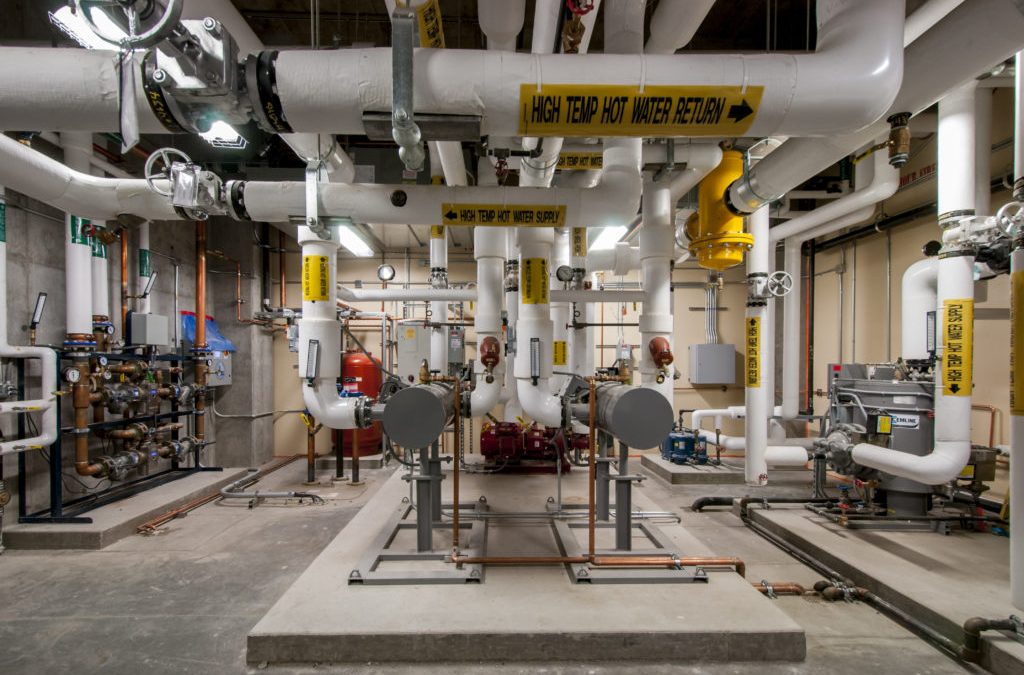Several boilers that are still in service tend to use a traditional mechanical linkage system, in which the fuel and air rates are all at once positioned using a single common actuator in conjunction with mechanical linkages. This structure is not only necessarily restricted by design, but it is also vulnerable to quality management fluctuations and drop-off due to the drifting of mechanical linkages induced by wear.
In the 1980s, the Linkageless Burner Control was launched with the first electronic fuel-to-air ratio control system; it is usually introduced as a combustion control system. The potential benefits of the system became much more evident over time and continued improvement.
By completely doing away with the linkages themselves, the control system eliminates both the obvious problems associated with the traditional mechanical linkage. The mechanical arrangement is replaced with a system that uses a Programmable Logic Controller (PLC), a flue gas analyzer, as well as individual step-less servo motors to effectively control the fuel rate and air rate. The PLC extracts data from the flue gas analysis tool which detects and reports CO2, O2 & CO values in the flue gas, and afterward modulates the two independent servo motors to optimize the air and fuel ratio.
The system is indeed superior in its design because it offers much more combustion efficiency which results not only in lesser fuel consumption, but also has the significant benefits of PLC programming, and with rock-stable accuracy and reliability of the steady servo controller engines being precise.
Another unique feature of Linkageless systems is that they can be expanded with options and functionalities to fulfill an individual facility’s demands and operator preferences by introducing additional Draft Control, O2 trim, Touch Screen Display, and Emissions Monitoring with printed readout capacities. Furthermore, the fact that almost all burner and boiler can be converted to Linkageless Control leading to massive fuel savings, reducing emissions, flexibility of control, and consistency of operating conditions implies the cost of conversion is conveniently counterbalanced by the system’s effectiveness.

